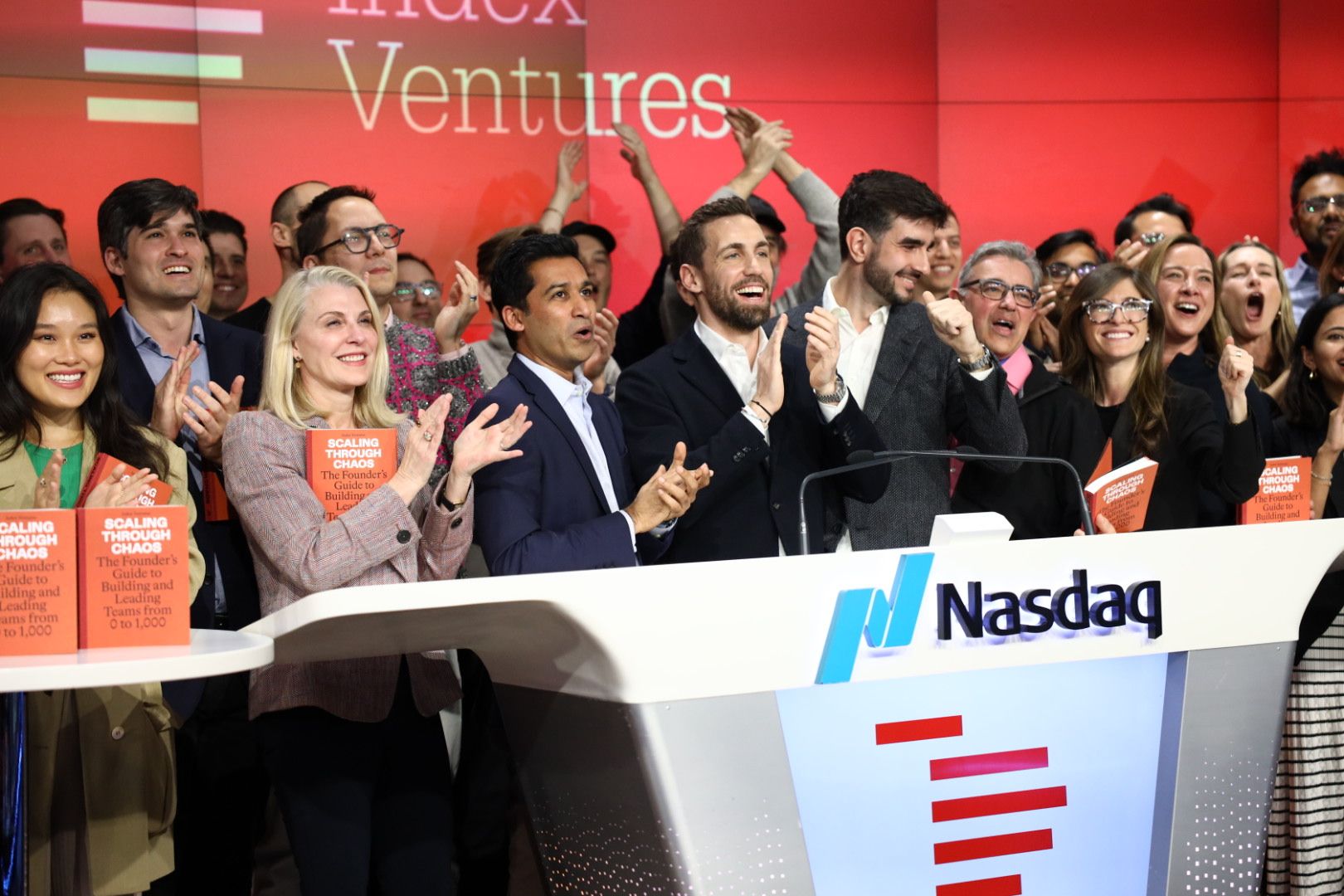New Front in the War for Talent

Recruitment has traditionally treated potential employees like vendors. They are expected to pitch, in the form of CVs and interviews, and the company chooses the best fit based on how much they will cost and the level of experience they can bring.
That approach ignores the fact that candidates are also interviewing the potential employer and that the best talent is often not actively looking for a new role. With the jobs market becoming more candidate-centric, companies are changing tack and starting to treat candidates more like customers.
The situation is reminiscent of the difficulty that sales teams once had in managing their work - juggling diaries,address books and pipelines, desperately trying to be efficient. Software revolutionised the way sales teams operated, allowing them to spend more time selling and less time managing information.
Recruiters have invested in applicant tracking systems (ATS) to manage the hiring process but each logged application is tied to a specific role. Once that position is filled, the unsuccessful candidates tend to be lost. They might have been people you would consider hiring later or people who were ideal for a different role but when you want to fill another vacancy, you are back to square one.
Imagine if sales worked that way: you refine your pitch for a new product, identify your leads, make your pitch, complete the sales and then all those who didn’t make a purchase disappear from the system. In reality, you keep all of your leads, learn more about them even if they didn’t purchase,use this to guide subsequent pitches, and hopefully convert some of these leads in the future.
The ability to apply that approach to talent acquisition will take the whole recruitment process to the next level, and it is a promise that London-based Beamery aims to fulfill. We’ve seen how their technology has transformed recruiting processes for their clients such as Facebook, Criteo, Dropbox, VMware, House of Fraser and Shop Direct, and we are excited to lead their Series A funding round.
For the new way of recruiting to work, the solution needs to be people-centric, allowing businesses to build relationships with candidates even before a role is advertised or before the potential employee is looking for a job. If a candidate is unsuccessful but promising, the company can continue the relationship, tracking their career development.
Beamery co-founder Abakar Saidov told us: "You can look at possible roles over the next 6-24 months and ask who might be able to fill them. The software will automatically pull-in information about your network of potential candidates. You can set rules to sort that list so that you can nurture talent, build relationships and ensure you have candidates ready when the vacancy comes up."
When we spoke to Erik Juhl, VP of Talent at Criteo, a Beamery customer, he told us: “I’m able to measure recruiter activity and create conversion funnels, as you would in sales, and that makes your actions much more predictable. We can shift from posting and waiting for people to apply to being proactive and really marketing a vacancy.”
The benefit is not only in hiring efficiency; the way a company treats potential hires has a brand impact too. Two-thirds of applicants will tell friends and family if they have a bad experience during an application process - negatively affecting the perception of your brand and discouraging other applicants. Meanwhile, 15 percent of candidates who have a positive recruiting experience put more effort into the job. Treating candidates like customers works because they are essentially customers.
When you shift to this approach and become highly strategic in developing relationships with top candidates, you outsmart and outpace competitors. Beamery customers have seen the cost of hiring fall by 39 percent and time-to-hire drop by 31 percent.
In time, we will see a knock-on effect on candidate behaviour, with applicants interacting with companies earlier, getting involved with brands and actively managing relationships with a range of companies, any of whom they might one day want to work for.
Beamery is powering a cultural shift in how companies recruit, and opening an entirely new front in the war for talent.
Published — April 11, 2017

